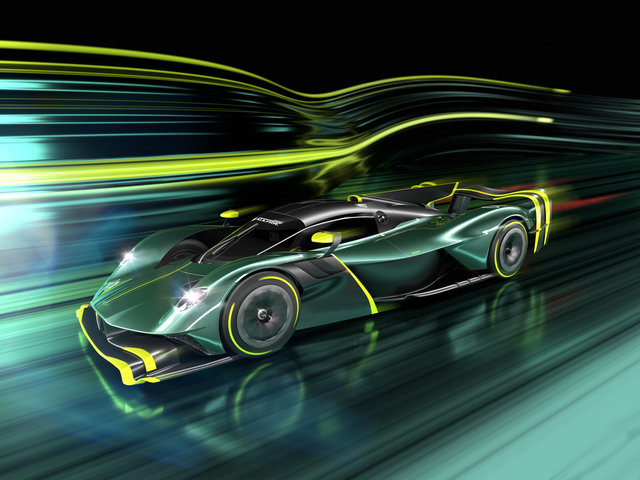Owning an Aston Martin means more than acquiring a luxury vehicle—it means creating a personal design statement that reflects your individual taste...


The Aston Martin Valkyrie AMR Pro is the epitome of hypercars, a no-holds-barred engineering marvel that transcends conventional automotive boundaries. Building upon its precursor, the Valkyrie, which was initially designed to compete in the Le Mans 24 Hours, the Valkyrie AMR Pro takes performance to the next echelon. Here are four crucial numbers to know about this awe-inducing vehicle.
The Valkyrie AMR Pro is engineered for staggering speed, targeting a lap time of 3 minutes and 20 seconds around the 24H Le Mans circuit. To put this into perspective, such performance would position the vehicle to contend for an outright win against front-running LMP1 cars in one of the world's most prestigious endurance races.
The power source for this astonishing speed is a modified 6.5-liter naturally aspirated V12 engine built by Cosworth. Unlike its predecessor, the Valkyrie AMR Pro omits the battery-electric hybrid system and focuses solely on this engine, aiming to reach a power output of 1,000 brake horsepower.
This modified V12 engine isn't just about raw power; it's also about how quickly it can generate that power. With a redline set at 11,000 revolutions per minute, the Valkyrie AMR Pro promises a sensational auditory experience besides its sheer speed, cementing its position as a masterwork of internal combustion.
Thanks to a unique aerodynamic package, the Valkyrie AMR Pro is capable of achieving more than 3G in lateral acceleration. This performance surpasses not just the Valkyrie road car but also most racing vehicles, demonstrating the hypercar's unprecedented handling capabilities.
In summary, the Aston Martin Valkyrie AMR Pro is a hypercar born from years of collaborative efforts between Aston Martin, Red Bull Advanced Technologies, Adrian Newey, and Multimatic. Freed from the constraints of race regulations, it aims to redefine the outer limits of what is possible in the realm of automotive performance.
Owning an Aston Martin means more than acquiring a luxury vehicle—it means creating a personal design statement that reflects your individual taste...
Aston Martin has just unveiled the DB12 S, and it's already making waves in the luxury performance world. If you've been following the British...
Few engines in automotive history carry the prestige and presence of a naturally aspirated V12. Fewer still wear the winged badge of Aston Martin....